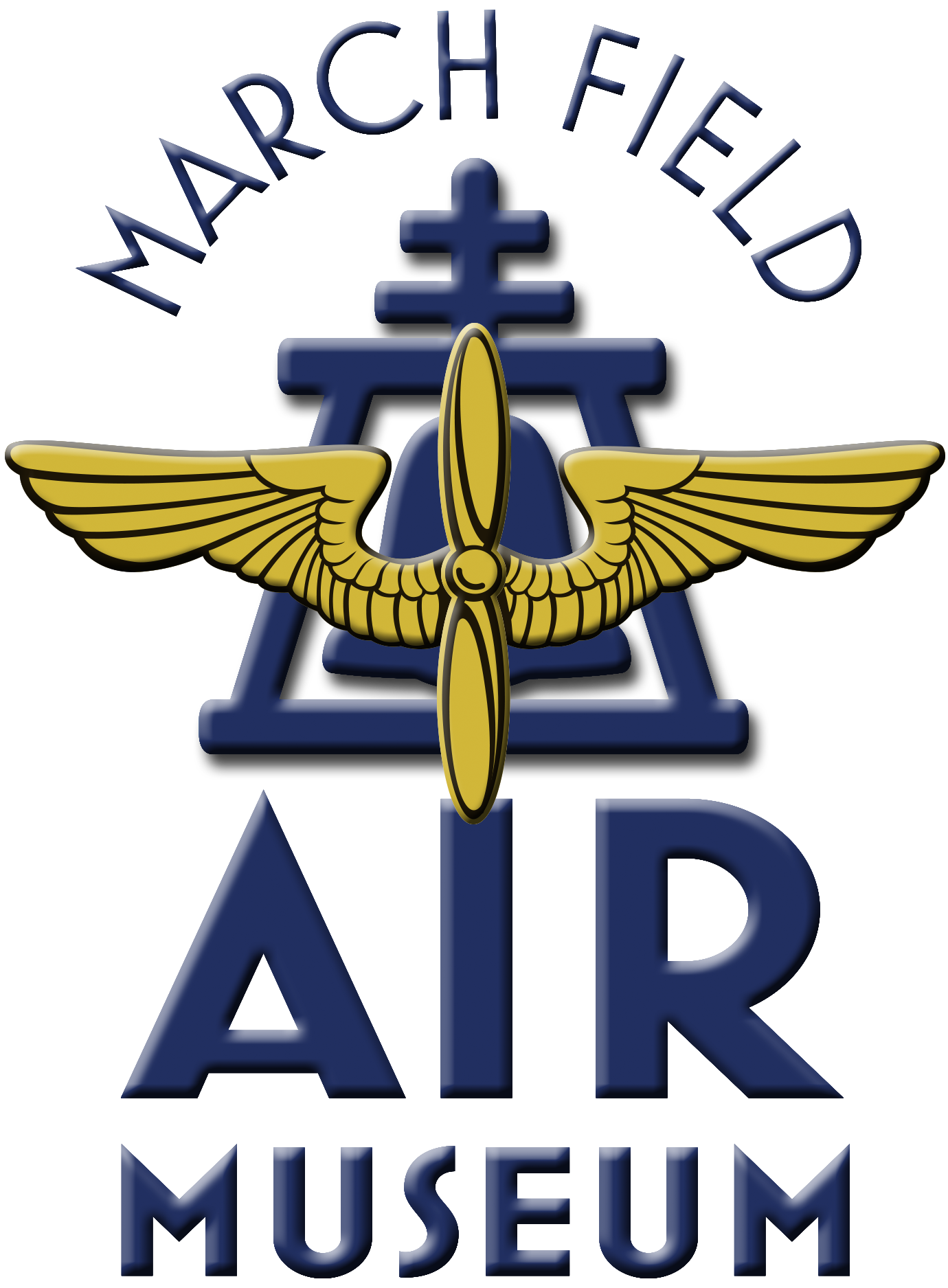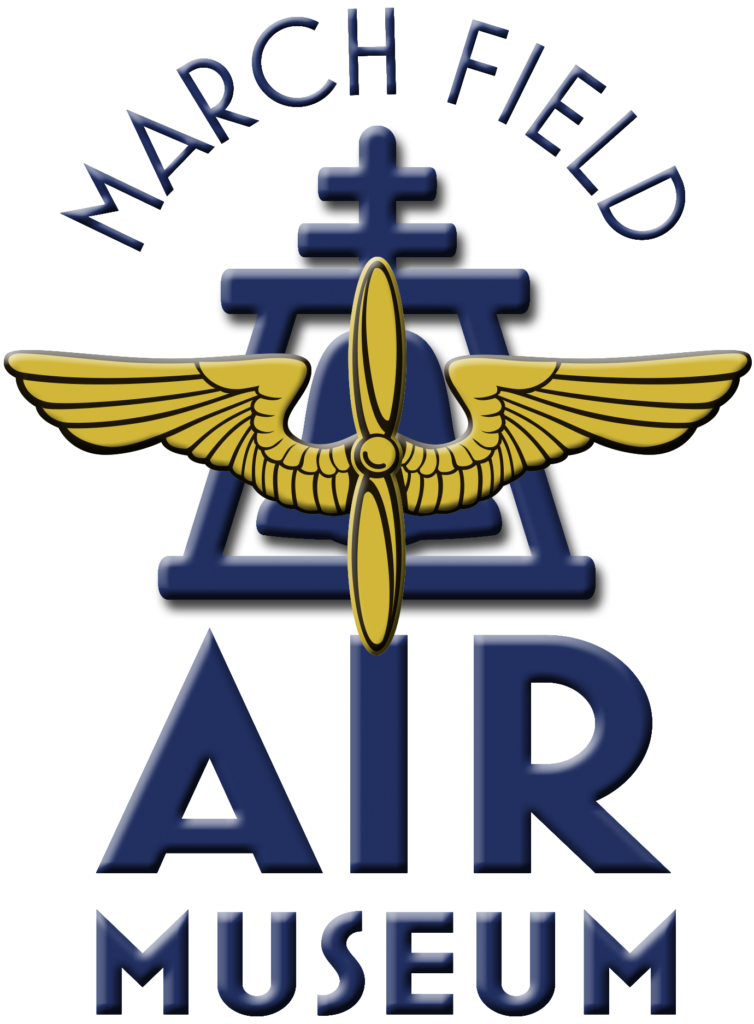Solid Rocket Booster – SRB
A key component of the Space Shuttle, each shuttle used a matched pair of Solid Rocket Boosters to provide 71.4 percent of the thrust to lift the space shuttle off the pad and continued through the first-stage ascent up to an altitude of 150,000 feet. Each booster has a thrust of approximately 3,300,000 pounds at launch. After burnout, they were jettisoned and parachuted into the Atlantic Ocean where they were recovered, examined, refurbished, and reused.
The Space Shuttle SRB are the largest and most powerful solid- propellant motors ever flown and are the first designed for reuse, each is 149.16 feet long and 12.17 feet in diameter and weighs approximately 1,300,000 pounds at launch. The propellant alone for each solid rocket motor weighs approximately 1,100,000 pounds. The inert weight of each SRB is approximately 192,000 pounds.
Primary elements of each booster are the motor (including case, propellant, igniter, and nozzle), structure, separation systems, operational flight instrumentation, recovery avionics, pyrotechnics, deceleration system, thrust vector control system and range safety destruct system.
The propellant mixture consists of an ammonium perchlorate (oxidizer, 69.6 percent by weight), aluminum (fuel, 16 percent), iron oxide (a catalyst, 0.4 percent), a polymer (a binder that holds the mixture together, 12.04 percent), and an epoxy curing agent (1.96 percent). The propellant is an 11-point star- shaped perforation in the forward motor segment and a double- truncated- cone perforation in each of the aft segments and aft closure. This configuration provides high thrust at ignition and then reduces the thrust by approximately a third 50 seconds after lift-off to prevent overstressing the vehicle during maximum dynamic pressure.
Out of 270 SRBs launched over the Shuttle program, all but four were recovered – those from STS-4 (due to a parachute malfunction) and STS-51-L (the Challenger disaster). Over 5,000 parts were refurbished for reuse after each flight. The final set of SRBs that launched STS-135 included parts that flew on 59 previous missions, including STS-1.
The museum’s SRB was obtained from NASA where, after its service life, it was placed on display at the Kennedy Space Center, Cape Canaveral, Florida.
| Manufacturer: | United Space Alliance (booster) ATK Thiokol Propulsion (motor) | ||
| Designation: | Solid Rocket Booster | ||
| Nickname: | SRB | ||
| Type: | Canard biplane | ||
| Specifications | |||
|---|---|---|---|
| Length: | 149.16 ft | ||
| Diameter | 12.17 ft | ||
| Empty Weight: | 192,000 lbs | ||
| Gross Weight: | 1,298,500 lbs full of fuel before launch | ||
| Propulsion | |||
| No. of Engines: | 1 | ||
| Thrust: | 3,300,000 lb (each) | ||
| Performance | |||
| Operational time: | 126 seconds | ||

